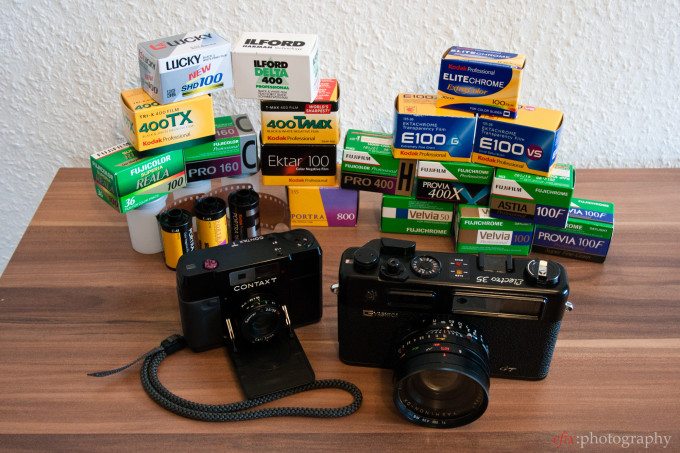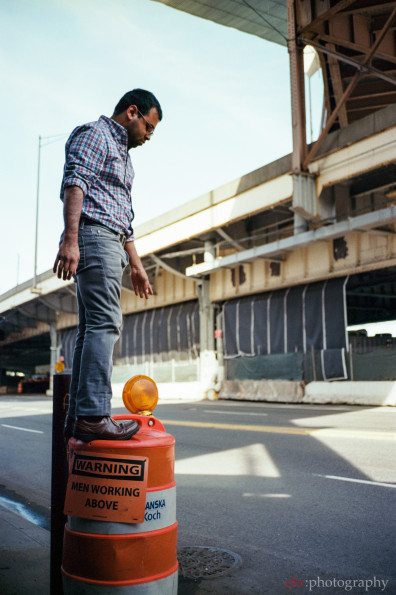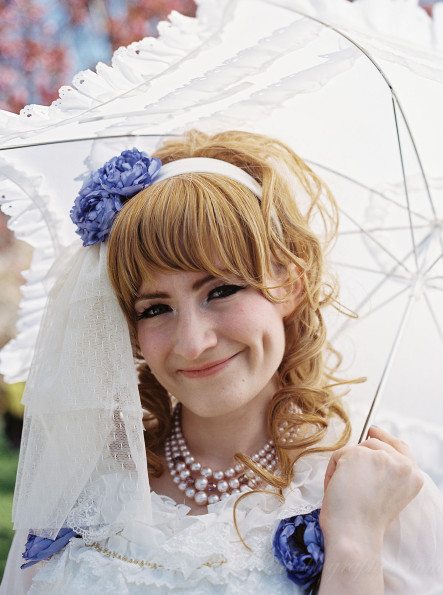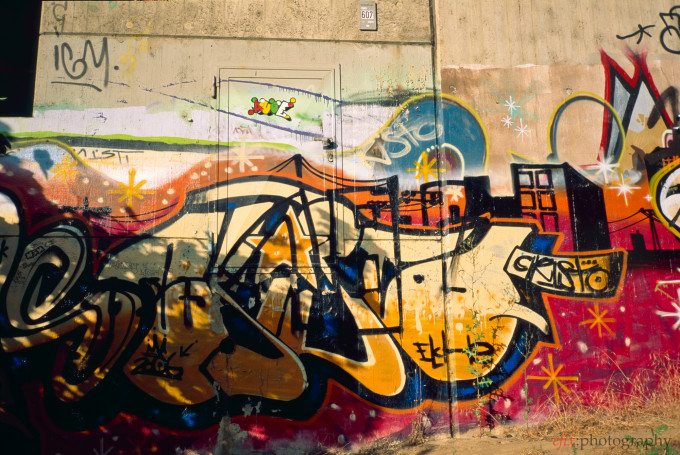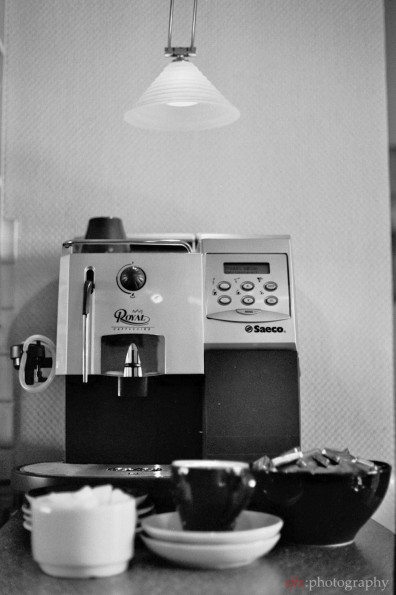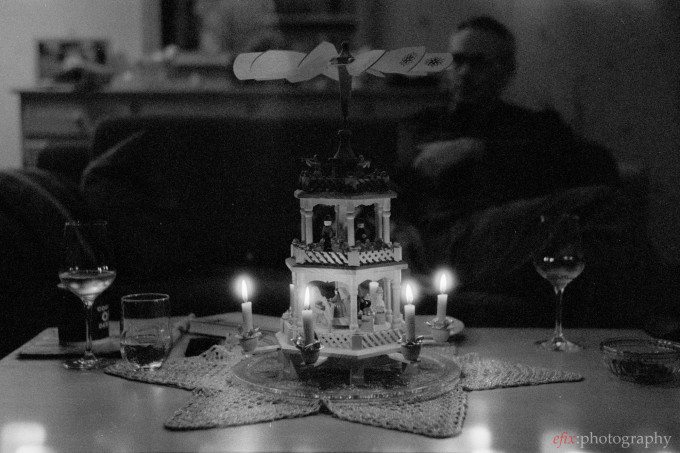For decades, silver halide film was the primary photographic medium. With the advance of digital technology, however, the photographic landscape has changed considerably. Today, film is a niche medium, which is why we have seen so many films be discontinued in the past years. There are still those who like to use it, though, and there are good reasons to do so. If you’ve been thinking of giving film photography a try, here’s a list of five films that we urge you to try while they’re still available.
Kodak Ektar 100
If you’re just startig out with film photography, you’ll want an easy-to-use film that delivers great results. Kodak Ektar 100 is such a film, but it’s also much more than that. Allegedly having the finest grain of any color negative film, Kodak Ektar produces wonderful colors that are neither too flat, nor too saturated. In daylight, it has a very natural color balance, and great contrast. Overall, its look is almost reminiscent of digital–it’s that well-balanced.
While it may not be the cheapest film out there, a brick of 10 rolls still doesn’t break the bank. Depending on where you get it processed and whether you get it scanned professionally or do that at home, overall cost can vary, as can the quality of the results. But that’s a general issue with all films, and can be both a risk and what makes film photography so interesting: you can never be 100% certain of the outcome, unless you’re using the exact same workflow every time.
Kodak Ektar 100 is available at Adorama, Amazon and B&H Photo.
Kodak Portra 400
The Portra name is one that even most non-film photographers will have come by at some point, because the film community is totally nuts about this one. Undoubtedly one of Kodak’s classics, Portra 400 is a high-speed color negative film that is best suited for portraiture–hence the name. Its color reproduction is more muted than that of Ektar, and is balanced so that skin tones (that of the ‘caucasian’ subtype of the human species, mind you) are reproduced as naturally as possible.
Due to its unique color balance, Portra 400 is less of a universal film and more of a specialty film. When photographing landscapes and nature, for example, the colors won’t have as much brilliance as they will using other films. When taking portraits, however, you’ll be amazed at how well skin tones are reproduced in terms of color, tonality, detail, and contrast.
Kodak Portra 400 is available at Adorama, Amazon and B&H Photo.
Fujichrome Velvia 50
This one is another true classic, as it’s been around for over two decades. Fujichrome Velvia 50 is a slow speed color reversal (‘slide’) film, and it’s even less of a universal and easy-to-use film than Portra 400. In fact, Velvia 50 can be pretty tough to use, as it has a very limited exposure latitude. When you do nail exposure, though, and the light is just right, then you’ll be rewarded with absolutely beautiful pictures.
What makes Velvia 50 so special is its color reproduction, which favors saturated and slightly warm colors combined with strong contrast. When it was first introduced, it quickly became a favorite of landscape photographers due to that, and was serious competition to Kodak’s long-proven Kodachrome slide film–which has been discontinued for a while now. Since slide film is hardly used anymore, we cannot be sure how much longer it’ll be around. So if you want to experience it for yourself, now is the time.
Fujichrome Velvia 50 is available at Adorama, Amazon and B&H Photo.
Ilford XP2 Super
Now back to some easy-to-use film, if not one of the easiest there are. XP2 Super is a 400 ISO black-and-white film, but not your usual type. In fact, it’s based on a color negative film, and can be processed in the same chemicals as any other color negative film, meaning that you can drop it off anywhere. On the downside, when printed on paper for color prints, the pictures can turn out with a slight blueish tint, so this is really a film best suited for scanning.
What makes XP2 such a great choice for the beginner–besides the fact that it’s so easy to get it processed–, is its great exposure latitude. So even if you don’t nail the exposure, as can happen with manual cameras or those that don’t sport a light meter, you’ll still get perfectly usable pictures. XP2 also has good contrast right out of the box, and has only a moderate amount of grain, which makes it almost universally applicable.
Ilford XP2 Super is available at Adorama, Amazon and B&H Photo.
Ilford Delta 3200
A couple of years ago, there were three high-speed black-and-white films to choose from: Kodak T-Max 3200, Fujifilm Neopan 1600, and Ilford Delta 3200. Today, Delta is the only one that’s left. Once again, the reason is digital, because not many people use film in low light situations anymore. When you do, though, Delta 3200 is an excellent choice, due to its beautiful look and great flexibility.
For such a high-speed film, Delta has astonishingly little grain, and keeps a lot of fine detail when enlarging. It has beautiful tonality (i.e. the reproduction of subtle differences in brightness) and great dynamic range, meaning neither shadows nor highlights will suffer when your exposure is off. Finally, it can be shot at exposure ratings anywhere between 400 and 6400, making it incredibly flexible.
Ilford Delta 3200 is available at Adorama, Amazon and B&H Photo.
Please Support The Phoblographer
We love to bring you guys the latest and greatest news and gear related stuff. However, we can’t keep doing that unless we have your continued support. If you would like to purchase any of the items mentioned, please do so by clicking our links first and then purchasing the items as we then get a small portion of the sale to help run the website.


